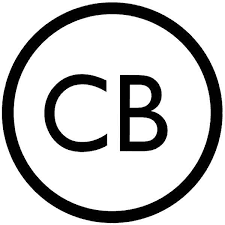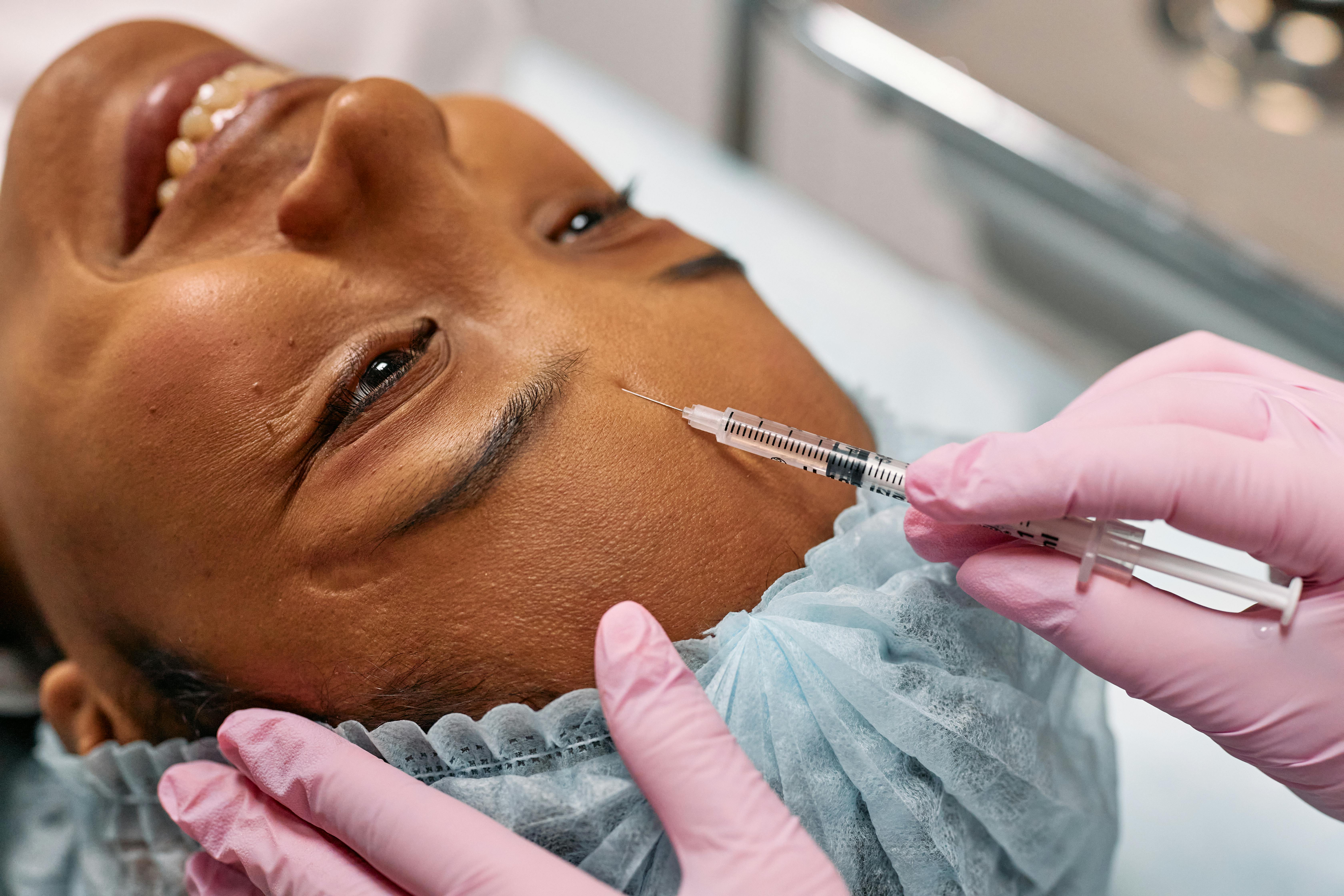Skin Care
What Not to Do After Lip Filler: Essential Aftercare Tips
5 Jun 2025
7 min read
If you’ve just had lip fillers or are doing your homework while you wait for your appointment in pursuit of the perfect pout, you’ve come to the right place. One thing’s for sure – good aftercare equals good results. So, pick up an ice pack and a glass of water (sans straw, more on that later) and find out why.
Lip Filler Aftercare for Optimal Results
After your appointment, it’s normal to experience some swelling and bruising as your body responds to treatment. Effective aftercare aims to ease these symptoms to accelerate recovery and minimise the risk of filler migration (the movement of filler away from the injection site), by limiting pressure placed on the lips, avoiding unnecessary touching and encouraging natural healing for optimal results.
Sleep on your back
Sleeping on your back and using extra pillows to elevate your head can help reduce swelling by promoting lymphatic drainage, allowing fluid to flow away from the face more easily while avoiding unnecessary touching and pressure on the lips. 24-48 hours may be enough for most, although if swelling persists your practitioner may advise you to continue with the sleeping habit until symptoms subside.
Stay hydrated
It’s important to drink plenty of fluids and avoid salty foods in the 48 hours following treatment, as maintaining proper hydration can help to reduce swelling by supporting healthy circulation, crucial for healing. What’s more, as the main component of dermal filler, hyaluronic acid works by attracting and binding with water to create volume, so ensuring adequate and sustained hydration is also advisable long-term to enhance the treatment’s volumising effect and keep lips supple and smooth.
Apply gentle massage
In some cases, gentle massage may be appropriate to smooth any bumps, helping to distribute filler evenly and aid tissue healing. Wait at least 24 hours to allow the filler to settle first to avoid the risk of migration and further traumatising the area, and remember to stop if you experience any pain or discomfort.
What to Avoid After Lip Injections
So, now you know what to do after your procedure, but what you don’t do in the 24-48 hours following fillers can be just as important when it comes to appropriate aftercare.
Smoking and vaping
Smoking and vaping can both inhibit healing and increase the risk of infection, as nicotine can reduce circulation and the flow of oxygen to the injection site, crucial for healthy healing. On top of this, both put unnecessary pressure on the lips which can further inflame the area, impairing healing and potentially worsening swelling and bruising. Likewise, the use of straws should be avoided in the days after treatment, so think twice before placing any drink orders.
Alcohol
Known to thin the blood, alcohol can increase the risk of bruising and hinder healing, while, as a diuretic, it also contributes to dehydration, which can prolong and exacerbate swelling and reduce healing as the body attempts to retain fluid.
Spicy foods
Spicy foods can irritate the lips, worsening swelling and discomfort in the sensitive area. Once the swelling has subsided and the area has started to heal, you can return to your usual diet.
Exercise
Strenuous exercise can not only increase blood flow to the treated area and overall body temperature, increasing the risk of swelling and bruising, but also induce sweating, putting the area at a higher risk of infection.
Touching the lips
Touching can increase the risk of infection by introducing bacteria to the injection site. For this reason, you should also resist applying makeup to the delicate lip area, with some products known to contain irritating ingredients, which can compound existing inflammation or swelling.
Managing Swelling and Bruising After Lip Fillers
Swelling and comfort can be eased by applying a cool compress for ten-minute intervals every few hours. This not only provides a cooling and soothing sensation but causes blood vessels to constrict, minimising inflammation and bruising.
Arnica gel can also be helpful when it comes to managing swelling and bruising as its anti-inflammatory properties help to soothe and calm, while also known to support circulation, helping to move blood to and away from the affected area.
When to See Your Aesthetician
If side effects persist beyond a week, it is best to consult your aesthetician for advice. If you notice any small bumps or lumps appearing as your lips heal, don’t be alarmed – this is common, with irregularities becoming more noticeable as swelling eases and your lips settle. In most cases your aesthetician will be able to address these with gentle massage, or if not, advise on the best course of action for successful healing.
If you notice your skin turning pale or bluish in tone, or experience extreme pain or swelling, this may indicate vascular occlusion, a complication whereby filler blocks a blood vessel and therefore obstructs blood flow. It’s important to seek medical attention immediately in order to dissolve the filler and allow normal circulation to resume.
Rest assured, your practitioner will advise on safety precautions and correct aftercare during your appointment. Just remember – trust the healing process and follow our advice to protect the pout, and if in doubt, your practitioner knows best.
Share











